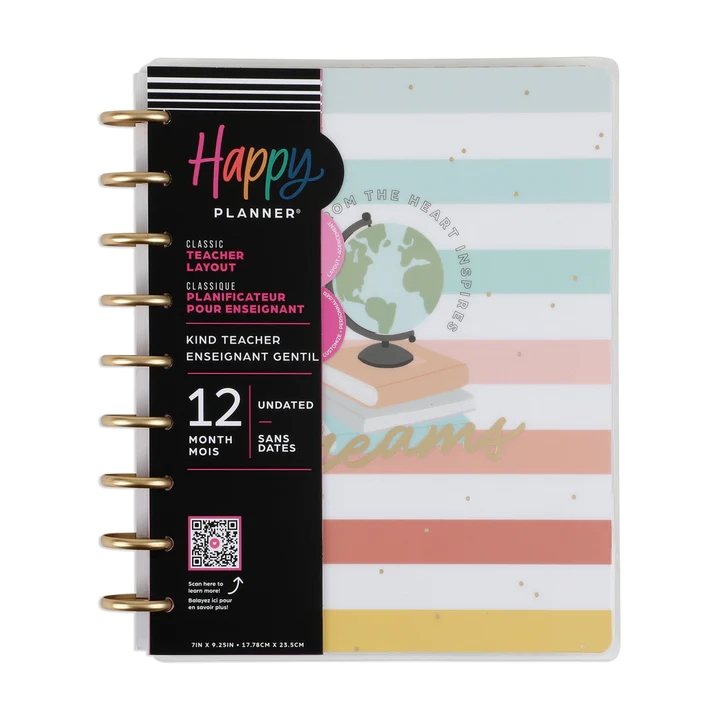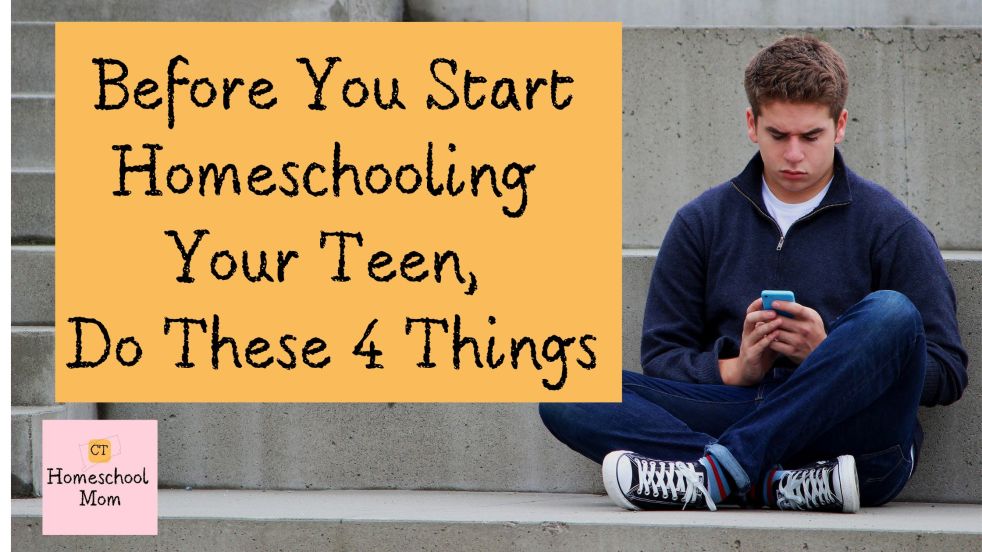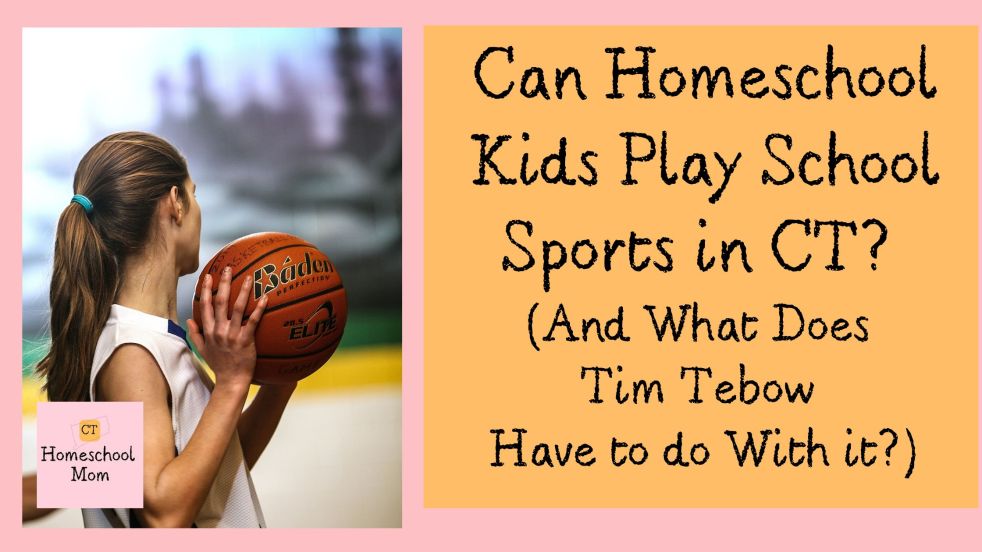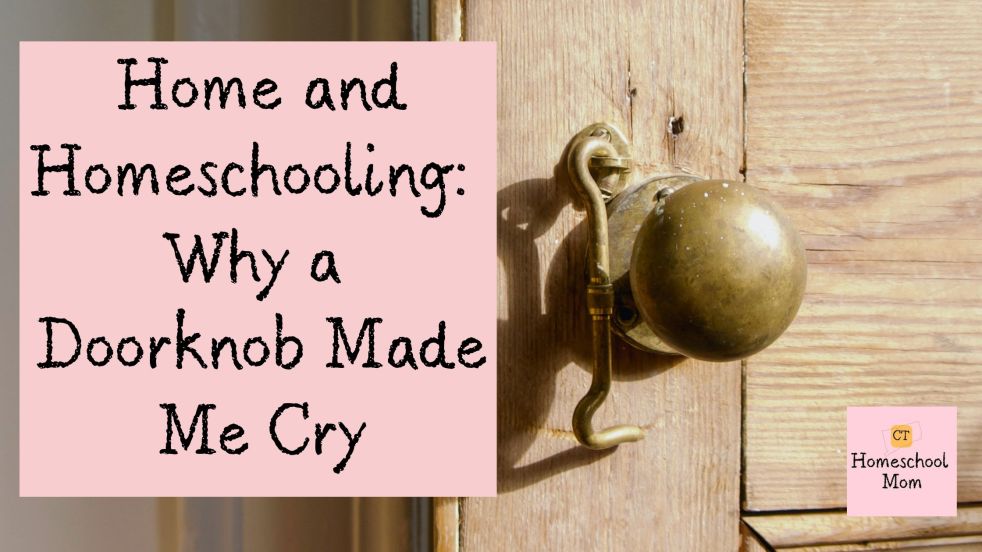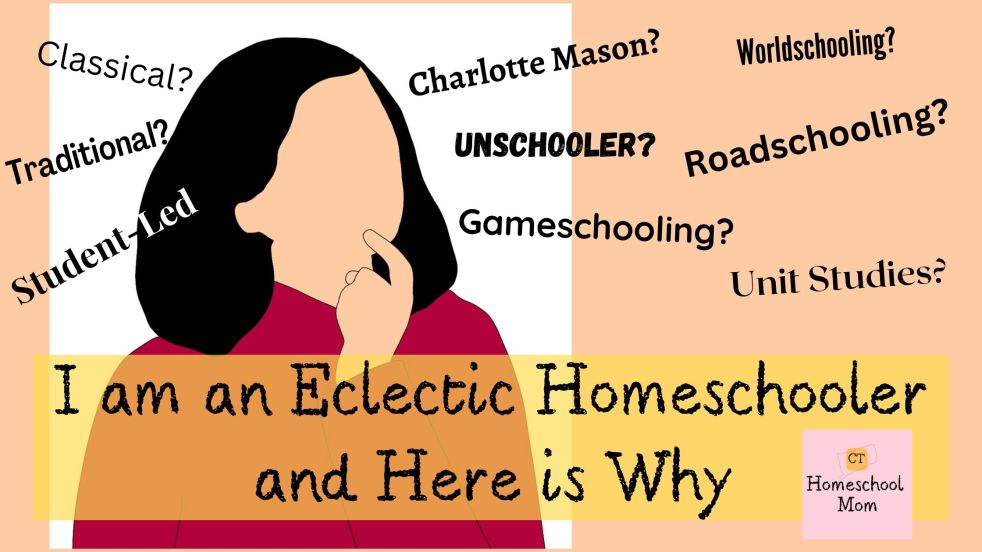We are all looking for our “people;” our “village.” All homeschooling moms and dads want is one or two families that are like-minded, raising their kids with the same values and are fun to be around. But it’s not necessarily easy to find them, is it?
When you start homeschooling, you can immediately feel all alone. You may be asking: Where do I find all the homeschoolers? (Where are they HIDING?!)
The truth is we are everywhere; but we aren’t all organized into one place.
Start with your local library
If you are looking for ways for your kids to meet other home-educated kids, the best place to start is your local library. Bring your kids to the library during school hours and look around. If there are parents with school-age kids there, they are most likely are homeschoolers.
While you are there, sign your children up for the afterschool or evening library programs that your library might have.
Have a Facebook account
People have different feelings about Facebook, but, that is where a lot of the homeschoolers are for sure. In Connecticut alone, there are hundreds of regional homeschooling groups.
Each group is different, but the ones I frequent most often have thousands of members and events, classes, co-ops and such are posted on a daily basis.
Archery class? check Music lessons? check. Math tutor? check. It’s all there.
Local Clubs and Organizations
Any place where lots and lots of kids gather, you are bound to find some homeschoolers. Great places to find these families are the Boy Scouts, Girl Scouts and local recreational sports programs.
State Museums and Family Hot Spots
I guarantee that if you google up the CT Science Center, Connecticut Historical Society or Mystic Aquarium you will find that they have an official Homeschoolers Day or classes. These sell out quickly and are designed especially for our home-educated kids.
Local Churches
Even if it’s not your home church, several churches in the state run programming for the homeschooling community (especially if they have members who home educate).
Attend the Statewide Homeschooling Conference
The Connecticut Homeschool Network runs an annual conference. Lots of homeschoolers attend to shop, take classes and make connections.
Sports and Art Establishments
More and more athletic and art establishments are picking up on the fact that homeschoolers want classes too. The YMCA in Meriden for example runs a Gym class. The Art Room in Windsor Locks has homeschool art classes. And don’t be shy, if your local place doesn’t offer classes designed for homeschoolers: ASK! They will respond because it’s more revenue for them!
Admittedly, finding your people will take some time. But as a homeschooler, part of the joy of home educating is the ability to curate your child’s education around their interests and where their interests are, there are usually other kids.
Remember to be friendly, be open and to step outside of your comfort zone. Making new friends and assisting your children to do the same is a process.
Where are some places YOU have found some new friends?









